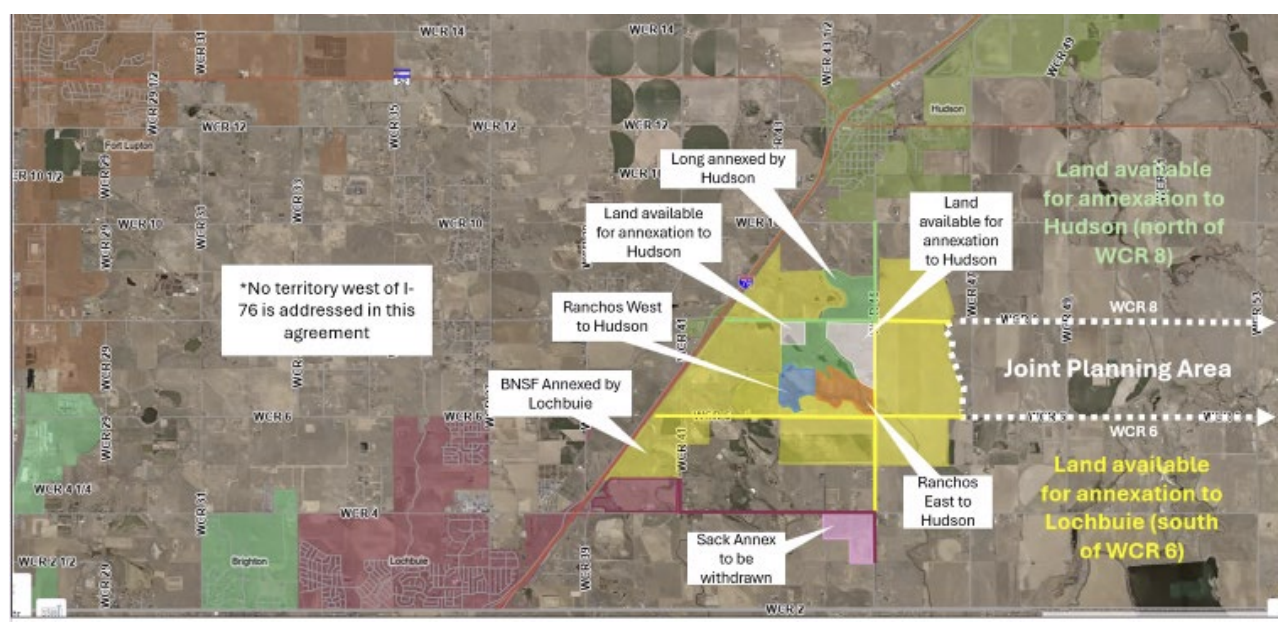Editorial: Population numbers reveal scope of region’s growth but also challenges
The latest data from the U.S. Census Bureau reveals startling numbers for the region’s growth. Three of the state’s Top 5 fastest-growing counties are located in the Boulder Valley and Northern Colorado:
• Broomfield ranked as the No. 1 fastest-growing county in terms of population growth rate from the 2010 to 2020 censuses, growing 32.6% to 74,112 residents.
• Weld County came in No. 2, growing 30.1%, to a population of 328,981.
• Larimer County ranked No. 5, growing 19.8%, to 359,066 residents.
• Boulder County ranked 12th, at 12.3% growth, to 330,758.
Growth rates are even more startling when looking at municipalities.
Once-tiny Timnath exploded by 938% in the past decade, growing from 625 to 6,487 residents. (Yes, we understand that growth rates beginning from smaller numbers can be deceiving, but the surge of this Larimer County town has been remarkable.)
SPONSORED CONTENT
Other communities growing in excess of 75% include Severance, 142.75%; Berthoud, 102.39%; Wellington, 75.66%; Windsor, 75.48%; and Johnstown, 75.01%.
And keep an eye on Lochbuie, Frederick, Firestone, Erie, Dacono, Milliken and Mead, each of which grew by more than 40%.
What will Fort Collins look like when it reaches 250,000 population, up from the current 169,810? How many residents will Greeley add to its 108,795? How soon before Longmont overtakes Boulder in population? (Boulder’s 2020 count was 108,250, compared with Longmont’s 98,885.)
Projections are for the region to add hundreds of thousands of new residents over the coming decades. Much of that growth will occur in Broomfield, Larimer and Weld counties. Weld, in particular, will attract residents because of its less-expensive housing, available water and land, and proximity (in southwest Weld County) to Boulder and the Denver metro area.
But continued growth requires something more: a thoughtful and holistic approach to planning in the region, including banking of water resources, addressing workforce-development issues and collaborating on transportation projects (including transit and electric-vehicle charging stations).
Municipal and county leaders should also consider ways to minimize sprawl, promoting higher densities and logical locations for new retail, office, health-care, industrial, logistics and residential uses.
Growth will continue to occur along the northern Front Range, but proper planning can help ensure that it occurs in a thoughtful manner to minimize traffic, congestion and sprawl. It won’t be easy: Several dozen communities exist in the four counties, with differing priorities, economic mixes, political philosophies and resources.
But it must begin, so that the region we enjoy today will remain a desirable place to live in 2030 and beyond.
The latest data from the U.S. Census Bureau reveals startling numbers for the region’s growth. Three of the state’s Top 5 fastest-growing counties are located in the Boulder Valley and Northern Colorado:
• Broomfield ranked as the No. 1 fastest-growing county in terms of population growth rate from the 2010 to 2020 censuses, growing 32.6% to 74,112 residents.
• Weld County came in No. 2, growing 30.1%, to a population of 328,981.
• Larimer County ranked No. 5, growing 19.8%, to 359,066 residents.
• Boulder County ranked 12th, at 12.3% growth, to 330,758.
Growth rates are even more startling when looking at municipalities.
Once-tiny Timnath exploded…

